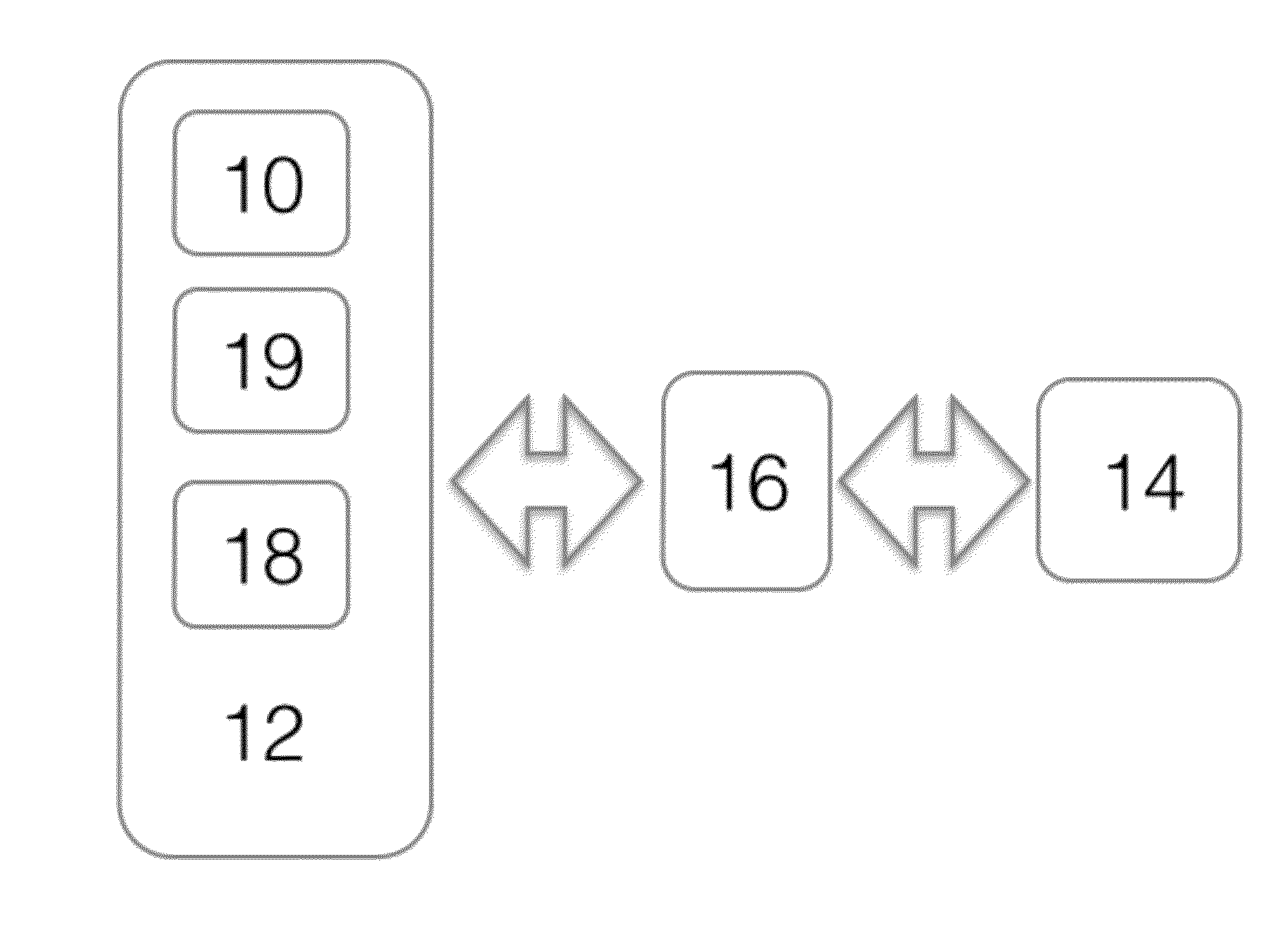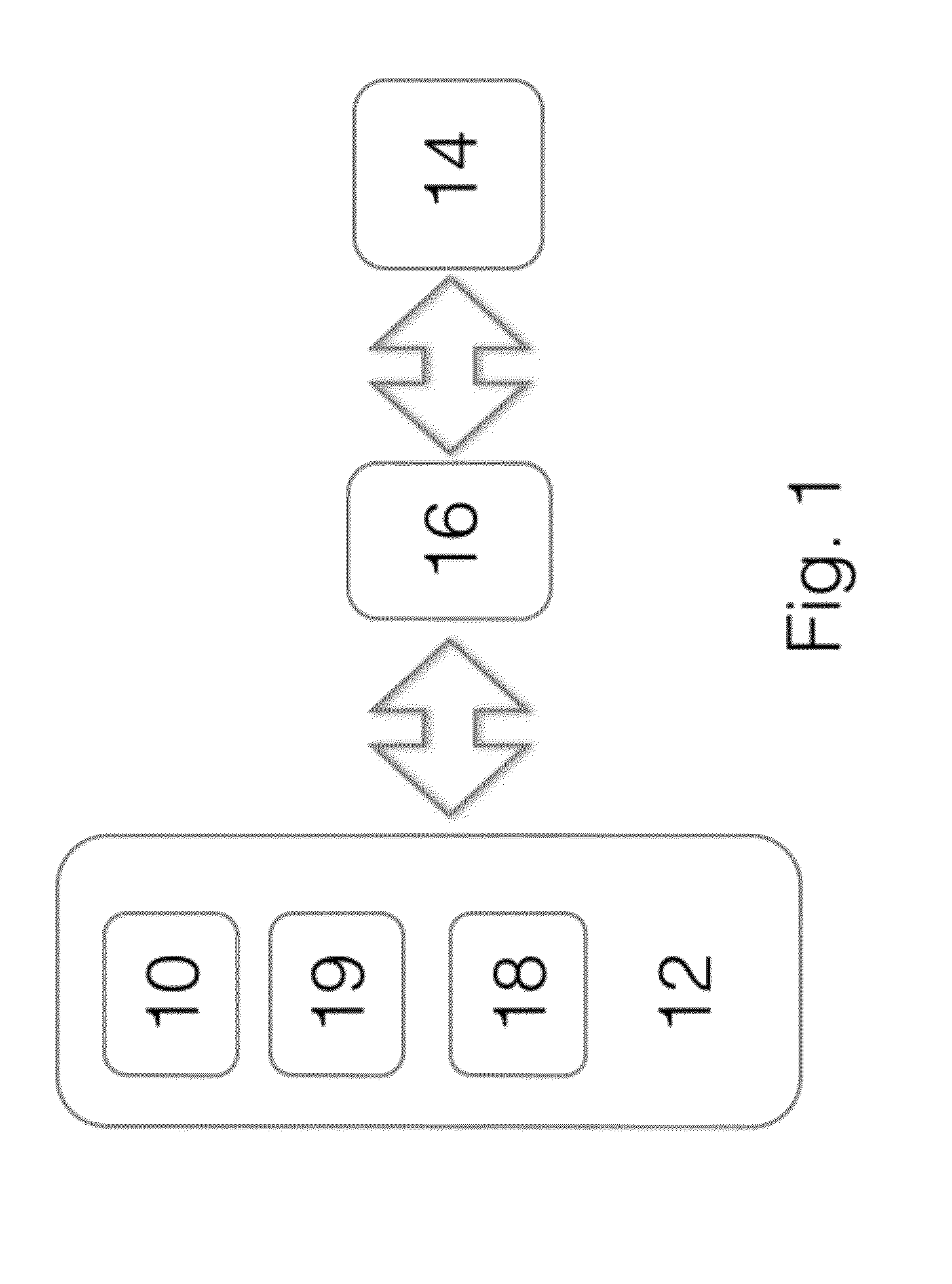System for Inexpensive Characterization of Air Pollutants and Inexpensive Reduction of Indoor Dust
a technology of air pollutants and sensors, applied in the field of inexpensive air quality sensors, can solve the problems of expensive equipment, inability to accurately determine air PM2.5 or PM10 levels, and affecting so as to reduce the exposure of sensitive individuals, reduce the buildup of household dust, and improve the quality of indoor air.
- Summary
- Abstract
- Description
- Claims
- Application Information
AI Technical Summary
Benefits of technology
Problems solved by technology
Method used
Image
Examples
Embodiment Construction
[0020]The invention describes electronic circuits and / or software implementing mathematical, statistical, and / or computer models that can combine data from inexpensive indoor and outdoor dust sensors with rich data from Internet sources (such as detailed government data from high-end pollution and meteorological sensors in the same city, and data made available via Internet from other low-cost pollution sensor users), adaptive learning regarding the local environment (such as leakage of outdoor pollutants into home at different outdoor pollutant levels and in different states, such as an open or closed window, or ventilation an that is on or off) to create a rich mathematical or statistical description of levels of different pollutants in the local air. The system can automatically control several household systems, such as common household forced air heating / cooling ventilation fans to minimize indoor dust level and reduce housekeeping costs by minimizing dust buildup. The system c...
PUM
| Property | Measurement | Unit |
|---|---|---|
| mass | aaaaa | aaaaa |
| volume | aaaaa | aaaaa |
| size | aaaaa | aaaaa |
Abstract
Description
Claims
Application Information
 Login to View More
Login to View More - R&D
- Intellectual Property
- Life Sciences
- Materials
- Tech Scout
- Unparalleled Data Quality
- Higher Quality Content
- 60% Fewer Hallucinations
Browse by: Latest US Patents, China's latest patents, Technical Efficacy Thesaurus, Application Domain, Technology Topic, Popular Technical Reports.
© 2025 PatSnap. All rights reserved.Legal|Privacy policy|Modern Slavery Act Transparency Statement|Sitemap|About US| Contact US: help@patsnap.com


